The world of retro candies is filled with sweet, nostalgic treats that take us back to simpler times. However, not all candies were hits. Some flopped for good reasons, from strange flavors to unappealing textures. This article dives into 15 such candies that failed to impress and deserve to remain a memory of the past.
Chicken Dinner Candy Bar

Once a curiosity in the candy world, the Chicken Dinner Candy Bar was introduced in the 1920s. It promised a full meal’s nutritional value in a sweet treat. Despite its intriguing name, it tasted nothing like chicken. The sweet nougat center failed to convince anyone it was a real meal.
Confusing marketing led to its downfall. While the name might have intrigued some, others were simply baffled. Historians note it was more of a marketing gimmick than a candy triumph. Today, it’s a quirky relic of a bygone era where candy companies tried anything to stand out.
Zero Bar
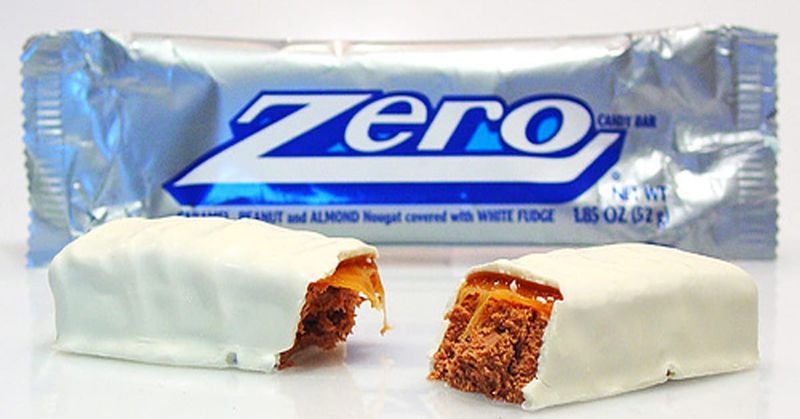
The Zero Bar, with its eye-catching silver wrapper, piqued interest when it was launched. Yet, its blend of white fudge, caramel, peanuts, and almond nougat didn’t quite hit the mark. The taste was too complex for many, overshadowing its visual appeal.
Retro enthusiasts remember it, but not always fondly. The candy’s name suggested a cold treat, adding to the confusion. Despite its innovative ingredients, it never found a solid fan base. It’s a reminder that sometimes, simplicity in flavor wins over intricate mixes.
Reggie! Bar
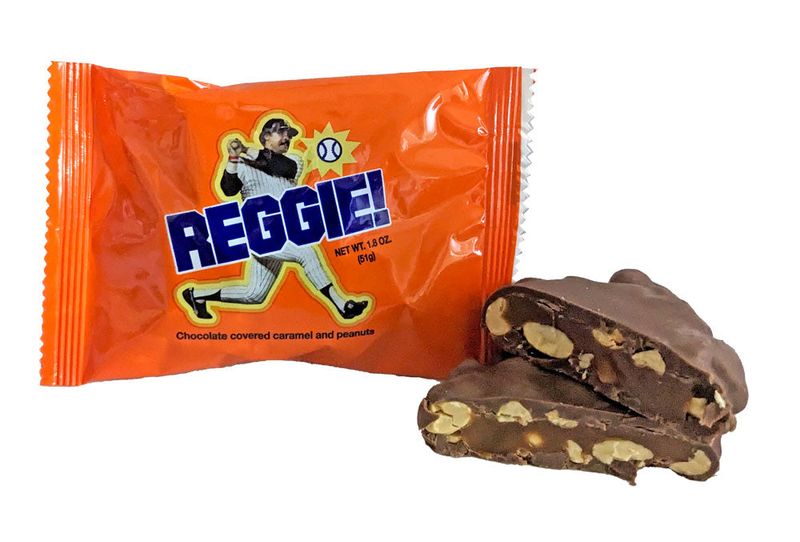
A tribute to baseball legend Reggie Jackson, the Reggie! Bar launched with much fanfare. It featured caramel and peanuts covered in chocolate. However, its flavor was overshadowed by the hype of its namesake.
Consumers expected a home run but were left uninspired. This candy relied more on celebrity power than taste. Its reign was short-lived, mirroring the fleeting nature of celebrity endorsements. It’s now a sweet reminder that not every star-studded product can win over hearts—or taste buds.
Space Dust
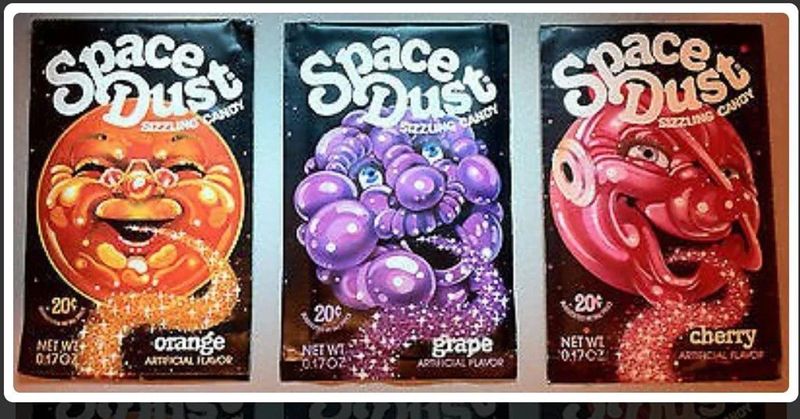
Space Dust, the sister product to the popular Pop Rocks, promised an out-of-this-world experience. Instead, it left many puzzled. Its fine, sugar-like texture was less exciting than its explosive counterpart.
Users hoped for a cosmic adventure but got a fizzled-out sensation. While Pop Rocks remain iconic, Space Dust lacked the magic. It serves as a lesson in marketing: not every product can convert fizz into fun. It remains a footnote in the world of novelty candies.
Gatorgum
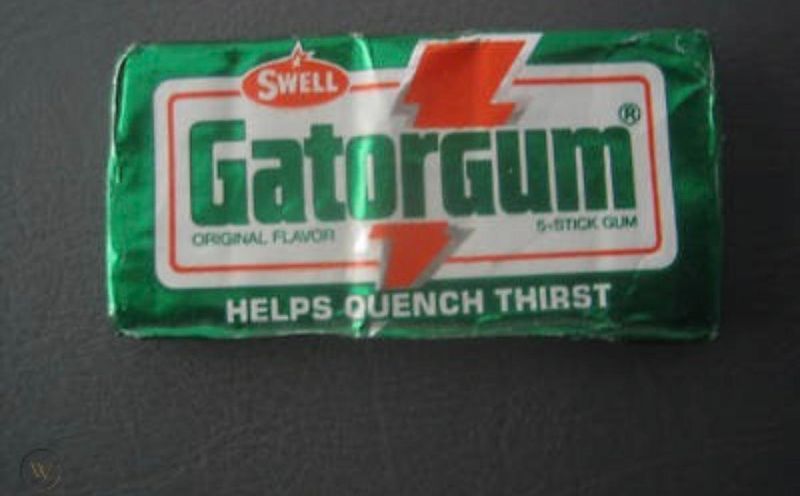
Gatorgum marketed itself as the gum to chew while playing sports, boasting the flavors of Gatorade. Although it sounded promising, the reality fell short. The gum lost its taste quickly, leaving a bland residue.
Athletes looking for refreshment found it lacking. Its short-lived flavor and odd consistency didn’t match the energy of its beverage counterpart. Today, it serves as a nostalgic reminder that not all sports associations yield winning products. Gatorgum faded, echoing the importance of lasting taste over brand association.
PB Max
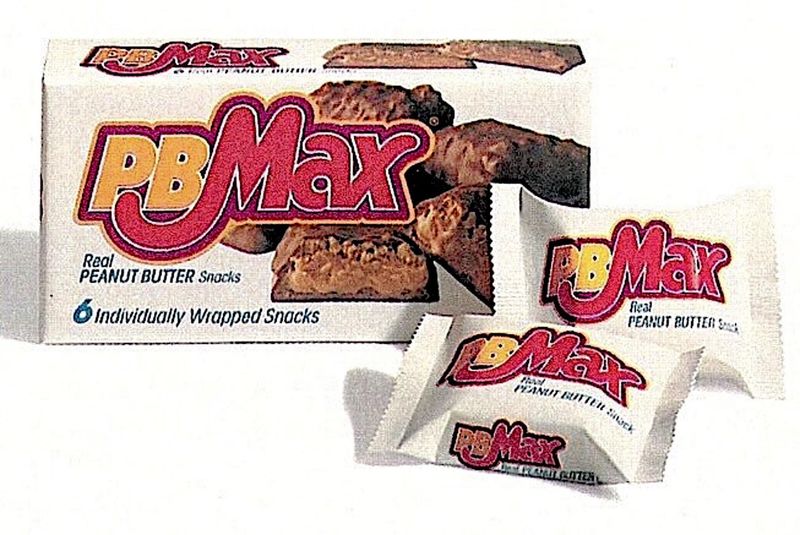
PB Max was a peanut butter lover’s dream—or so it seemed. Introduced in the 1990s, it combined peanut butter, oats, and milk chocolate. However, despite its rich ingredients, it met an untimely end.
The candy’s downfall wasn’t due to taste, but rather its creators’ dislike for peanut butter! This quirky fact adds to its legacy as a puzzling business decision. PB Max serves as a playful reminder that sometimes internal preferences can override public love.
Marathon Bar

The Marathon Bar, with its distinctive braided caramel and chocolate design, promised an indulgent experience. Yet, its length was more notable than its taste. Although it had a unique charm, the candy didn’t withstand the test of time.
Its lengthy nature became more of a novelty than a selling point. Despite its initial appeal, it couldn’t secure a lasting spot in the candy aisle. It’s a sweet reminder that novelty alone isn’t enough to sustain popularity.
Amazin’ Raisin
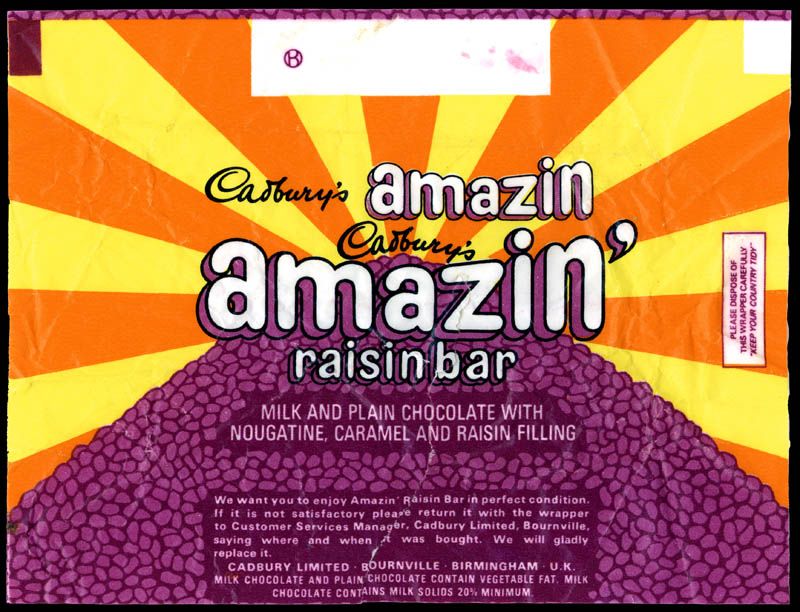
Amazin’ Raisin attempted to elevate raisins to candy stardom. Launched in the 1970s, it offered flavored raisins with a chewy twist. However, its attempt to transform a healthy snack into a candy treat didn’t resonate.
The idea of fruit-flavored raisins was too niche, leaving most consumers uninterested. Despite its colorful packaging, it couldn’t escape its identity crisis. Today, it’s a lesson in understanding target audiences and the importance of aligning product identity with consumer expectations.
Choco’Lite
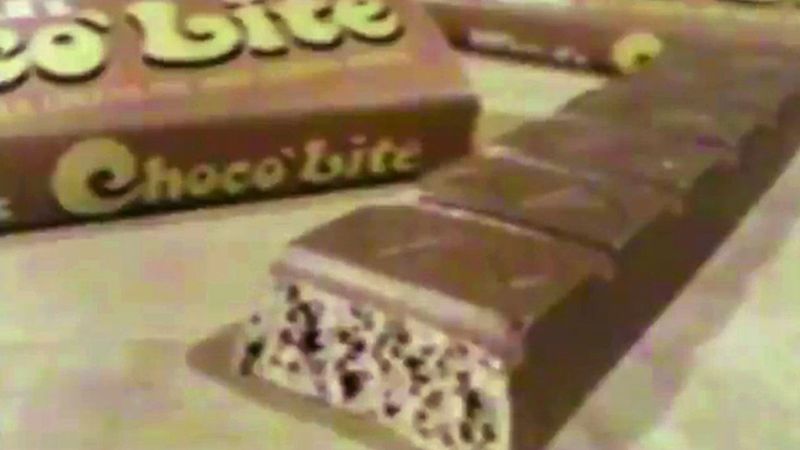
Choco’Lite promised a lighter chocolate experience with its aerated texture. Launched in the 1970s, it intrigued chocolate lovers with its unique design. Despite its airy promise, the texture left many underwhelmed.
The bubbles, while visually appealing, didn’t enhance the chocolate’s taste or enjoyment. Its brief existence serves as a testament to the idea that not all innovations hit the sweet spot. Choco’Lite remains a quirky memory for those who craved a bit of lightness in their chocolate.
Life Savers Holes
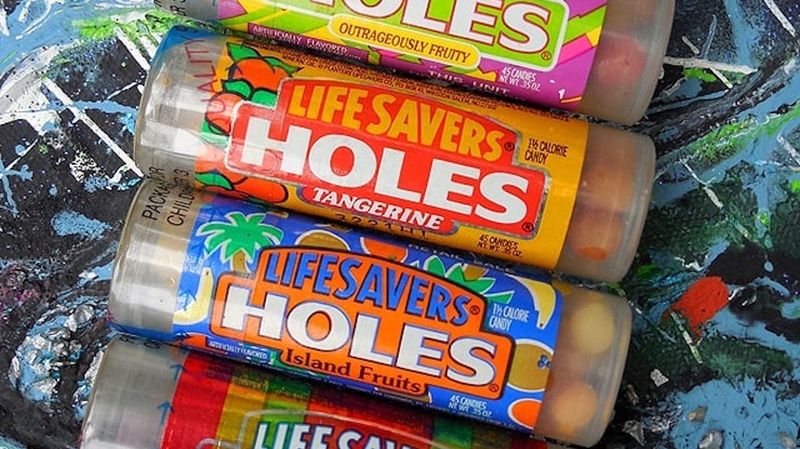
Life Savers Holes seemed like a clever spin-off, offering the middle of the iconic ring candies. However, the novelty was short-lived. The tiny candies failed to capture the essence of their original counterparts.
Consumers found them inconvenient and less satisfying. Despite the clever concept, the execution didn’t match the legacy of the Life Savers brand. It serves as a reminder that not every derivative product can stand on its own.
Hershey’s Bar None
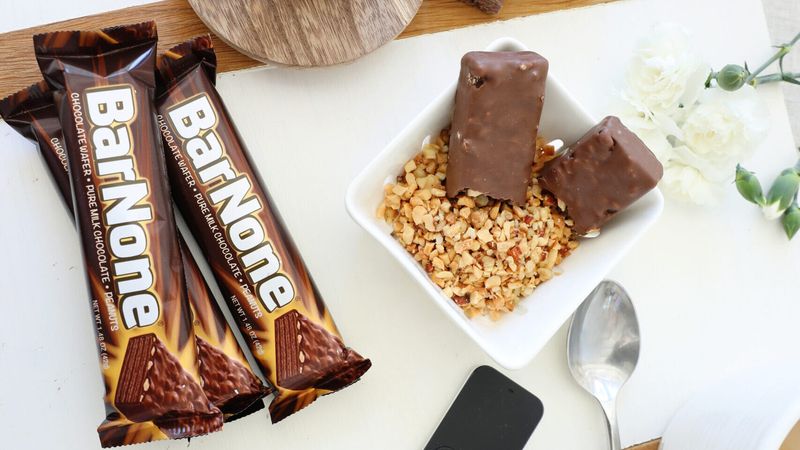
Hershey’s Bar None aimed to redefine chocolate bars with its unique combination of wafer, chocolate, and nuts. Launched in the 1980s, it initially attracted curious chocolate enthusiasts.
However, the complex layers didn’t harmonize as hoped. The bar struggled to capture a dedicated following. Its brief presence in the market highlights the challenge of balancing innovation with consumer preference.
Nestlé Alpine White
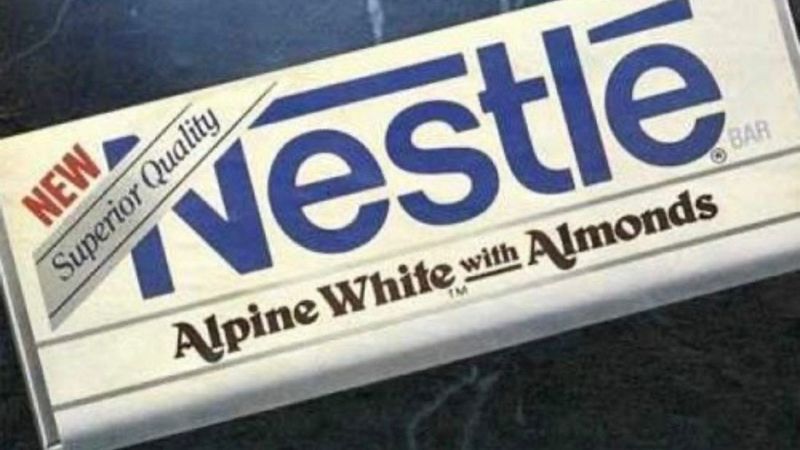
Nestlé Alpine White offered a taste of luxury with its white chocolate and almond blend. Introduced in the 1980s, it aimed to captivate with its elegance. However, the market for white chocolate was small.
The bar’s richness appealed to some, but not enough to sustain its presence. It serves as a reminder that niche markets often struggle without broad appeal.
Yogurt Bar
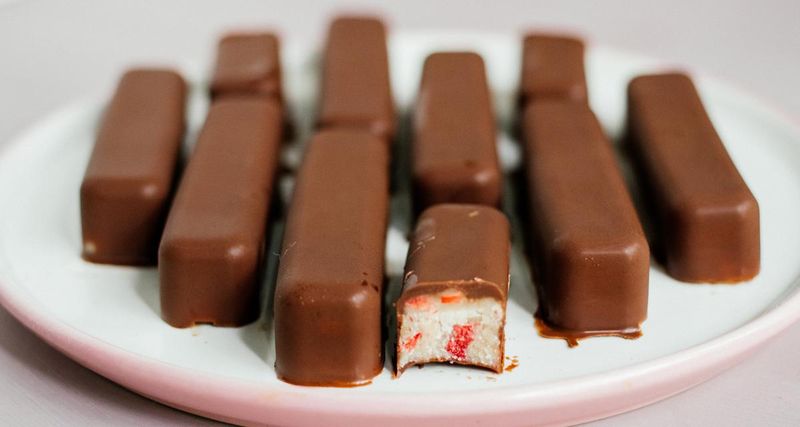
The Yogurt Bar tried to blend health trends with candy indulgence. Launched in the 1970s, it featured a yogurt-coated candy bar that promised a unique taste experience. However, the combination didn’t resonate.
The yogurt coating was more of a novelty than a delight. Its existence is a nod to the era’s experimental phase, where health trends briefly mingled with candy cravings.
Triple Chocolate M&M’s
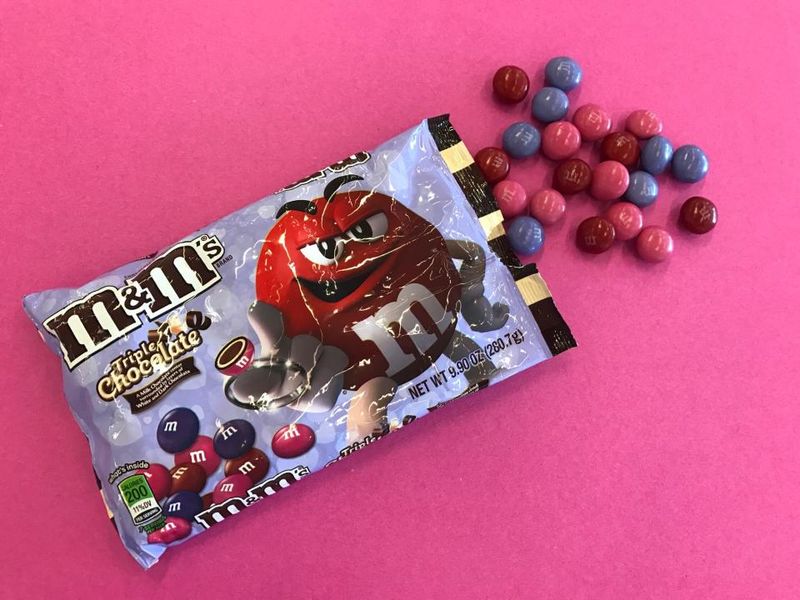
Triple Chocolate M&M’s seemed like a chocoholic’s dream, offering layers of milk, dark, and white chocolate. Yet, the multitude of flavors overwhelmed instead of delighted. Launched in the 1990s, it didn’t last long.
The complexity of combining three types of chocolate didn’t resonate with the simplicity M&M’s fans loved. It serves as a lesson in keeping core brand values intact.
Jell-O Pudding Pops

Jell-O Pudding Pops promised to transform pudding into a summer delight. Introduced in the 1980s, they quickly gained attention. However, logistical challenges in distribution led to their downfall.
The concept was enticing, but sustaining it proved difficult. Despite its initial success, it couldn’t maintain momentum. Today, it’s a sweet reminder of how execution can make or break an innovative idea.
Leave a comment